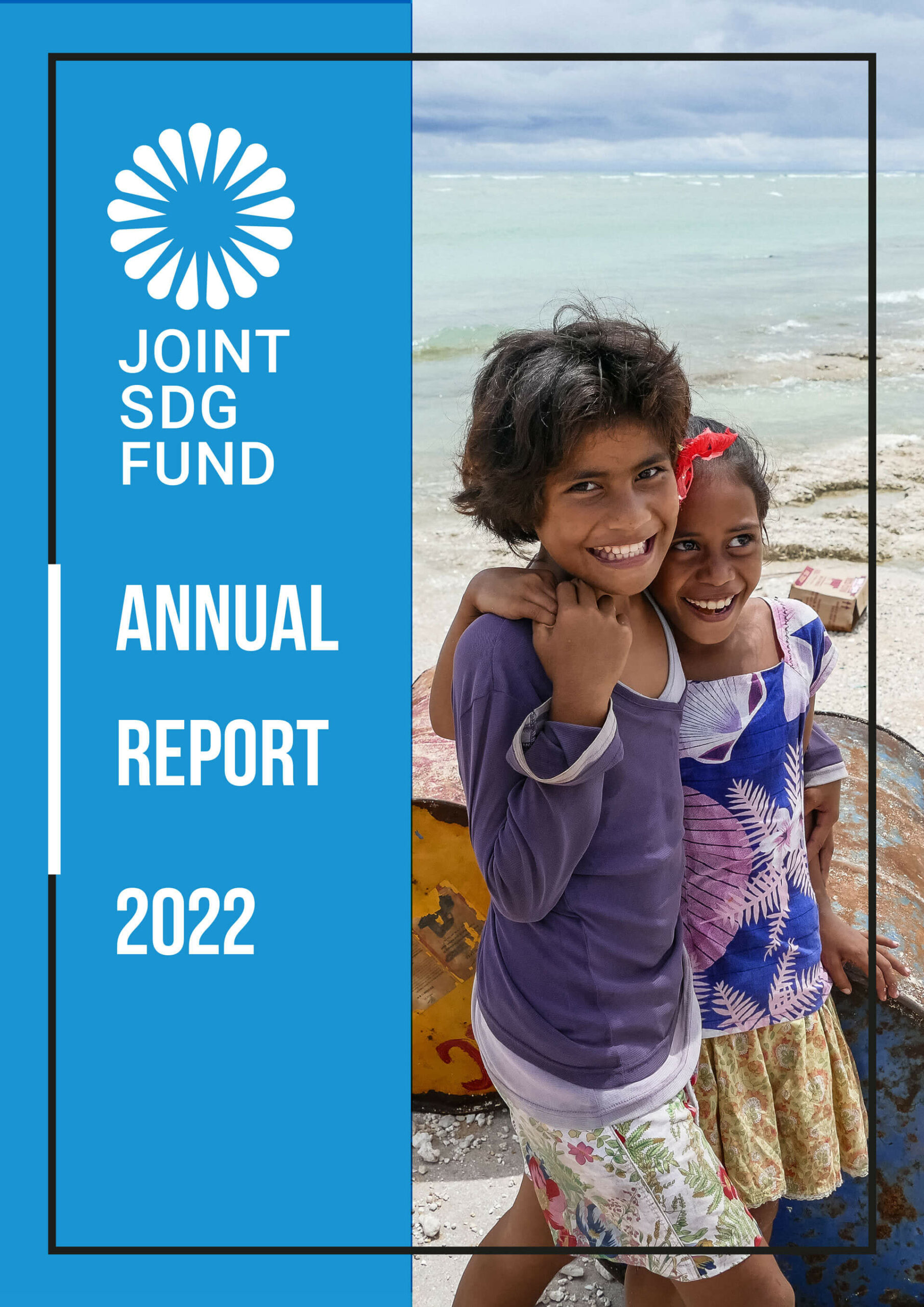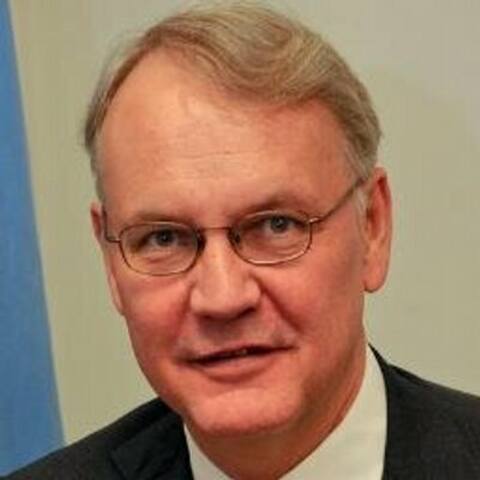From 'funding to financing': A practical mechanism to make this happen
The Joint SDG Fund is the only fund of its kind on SDG financing that operates across the UN system (rather than through single agencies), and so has the capability to use limited UN resources as a catalyst to influence much larger financing flows. As such, it is fast becoming a practical mechanism for helping programme countries, as well as the UNDS, move from ‘funding to financing’ – a key concept raised in previous editions of this report.
If country-level demand is any indication, then there is indeed huge potential. At the time of writing, the response to the first component of the second call (SDG financing architecture) had seen 103 joint programmes proposed, representing a total funding request of US$ 98 million – significantly more than the US$ 30 million available. Meanwhile, the response to the second component (catalysing strategic investments), had seen 108 UNCTs/countries submitting proposals, representing a total request in excess of US$ 1 billion (average funding request of US$ 7.1 million), with early estimates of the potential financial leverage many multiples of that. While these proposals are still under review by a mixed panel of external and UN experts, as well as by the independently contracted Convergence (the global network for blended finance), the funding they require dwarfs the US$ 70 million currently available through the Joint SDG Fund.
The Joint Fund is important not only for mapping out the financing required for SDG acceleration, but may also prove highly relevant for the COVID-19 response. In particular, the SDG financing proposals can potentially shape a new generation of SDG-related response strategies, thereby addressing gaps in the design and delivery of relief plans, adding COVID-19-related recovery components, and integrating future preparedness and risk mitigation measures into financing frameworks. Similarly, the financing solutions proposed to governments, the private sector and partners will directly support social/economic recovery.
Further, the Joint Fund is committed to forging paths and partnerships that unlock public and private capital for the SDGs at scale. Hence, a key part of its mandate is that international financial institutes– the World Bank and regional development banks – must be consulted when concept notes are developed at the country level. The drafting of the SDG financing call was itself very participatory, incorporating an inception workshop where strategic financing experts from the private sector, IFIs, academia, member states and UN agencies shared experiences in order to identify the highest value opportunities for the Joint SDG Fund.
Read next: Lever for UNDS reforms
![]()
This article was first published in Financing the UN Development System, a report by the Dag Hammarskjöld Foundation and the UN Multi-Partner Trust Fund Office.





















